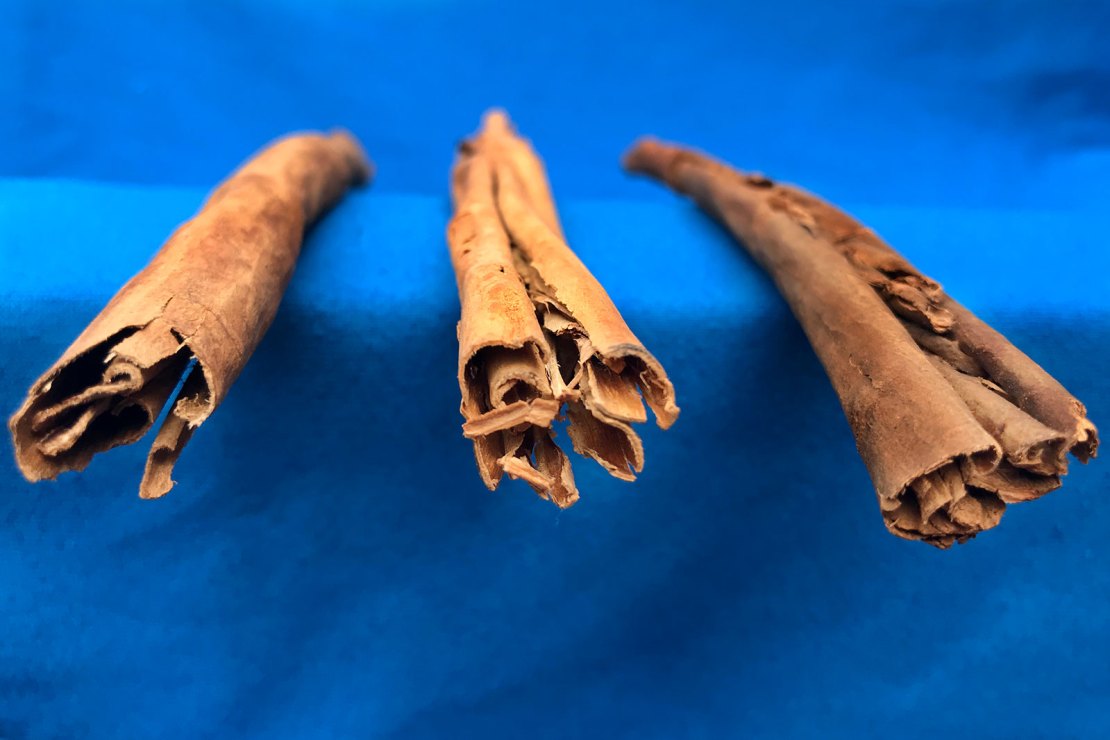Ceylon cinnamon is one of the most famous spices in the world. Cinnamon has been used for thousands of years as a medicine, a food preservative, a flavour enhancer, as well as an embalming fluid.
“Good morning, madam. Do you need a tuk tuk?” The question came from a passing 3-wheeler.
“No, thank you.” I replied briefly, not wanting to encourage further discussion. He drove off. It seemed that he understood my intentions. I wanted to look for a nearby lagoon alone. I knew that it was very close, if only I could find the right entrance. Maybe my next turn?
Another turn in search for this elusive lagoon, but in the meantime, yet another tuk-tuk driver started walking in my direction. What will he offer me this time? – I thought. I was sure that no matter what he proposed, I would politely say “No, thank you.” And walk away.
Well, fate sometimes likes to play tricks on us.
“Have you ever been to the cinnamon garden?” he asked me with a smile.
I hadn’t, and in fact I had wanted to go there. It turned out that the father of the tuktuk driver was a night watchman in a several-hundred-hectare garden lying only a few meters away. The owner of the garden, a lawyer living in Colombo, did not visit here so often. Therefore, nothing stood in the way to seeing how true Ceylon cinnamon is grown.

It was the end of January, the cinnamon trees were in full bloom. Brightly yellow bunches of small flowers covered whole rows of the low green shrubs. Here and there were piles of stripped branches. Unfortunately, it was not the time to acquire the wonderfully fragrant bark of Ceylon cinnamon, but at least I could listen to the story of how it has been done for centuries.

The best cinnamon grows in the western and south-western areas of Sri Lanka, where the perfect combination of rain and tropical sun is abundant, and the sweetest and most valued cinnamon is grown around Negombo.
-
- The trees on cinnamon plantations reach a height of up to three meters, in nature they are much higher.
- They are reproduced from seeds or cuttings.
- They bloom in January, their fruits ripen in April, and are harvested from May to October.
- A three-year-old cinnamon tree is ready to harvest.

Immediately after each of the monsoon, the moistened cinnamon twigs are cut and subjected to a short fermentation process. Next, the rough outer layer of bark is scraped off, and the internal one is broken down and massaged to separate it from the twig. Using a special knife, the bark is marked with two parallel cuts and the bark is removed in one piece. Next, the pieces of cinnamon bark are carefully laid one on top of each other, in several layers and subjected to a drying process until a crackling paper texture and a light brown cinnamon colour is obtained.

The healing qualities of cinnamon have been used for a long time in Ayurvedic medicine. According to tradition, cinnamon combines a sweet and tart flavour with the properties that warm up the body. The tannins contained have a drying effect on the mucous membrane, which at the same time increases the temperature of the body. It is recommended for digestive disorders, improving our immune sysyem, hypertension, and in the case of diabetes, it helps regulate the level of sugar in the blood.
Here are two of the many homemade recipes using cinnamon:
- ½ teaspoon of cinnamon per day as an addition to coffee, tea, yogurt or oatmeal should be used to lower cholesterol.
- for losing weight, supposedly best to drink it is daily on an empty stomach with a glass of warm water and ½ teaspoon of cinnamon with two teaspoons of honey.
Modern medicine still sees great healing potential in cinnamon. Research is continuing on the use of Alzheimer’s disease, heart disease, cancer and arthritis.
A very important thing to keep in mind is that too high doses of cinnamon are not recommended for people with liver problems. This is due to the presence of coumarin, which can lead to liver cirrhosis. In the present cinnamon market, the cassia cinnamon has much higher concentration of coumarin than Ceylon cinnamon. It is worth checking out what kind of cinnamon we should buy.


Cinnamon is valued in the kitchen for its taste, and in medicine for is health properties. It is also popular as a natural beautifying preparation, containing antioxidants. Its antibacterial, aromatic and therapeutic properties are used in cosmetics and pharmaceutical products.







